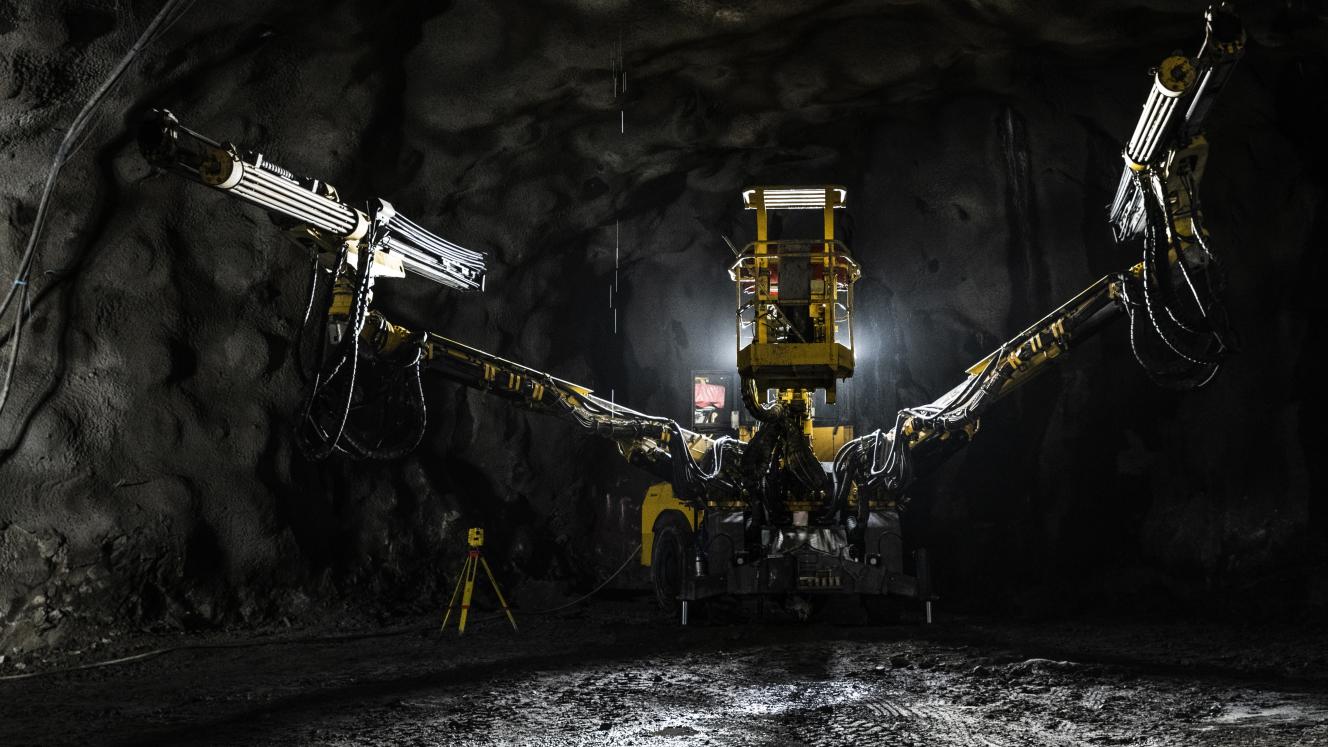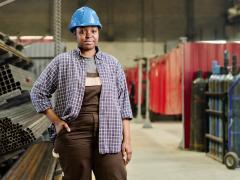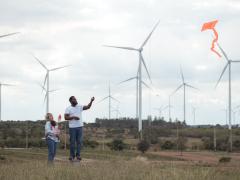Autonomous robots work beautifully in brochures. Factory floors are clean, surfaces are level, power is stable, and wireless signals flow uninterrupted. It’s a good model — until it meets reality.
In South Africa, most AMRs (Autonomous Mobile Robots) and AGVs (Automated Guided Vehicles) fail not because the software is lacking, but because the floor is.
From dry soil to fractured loading bays, robots are being trialled in conditions they were never built to survive — and engineers are now quietly rewriting the rulebook.
This isn’t about futuristic automation anymore. It’s about mechanical survival in environments that don’t forgive fragility.
From showroom to field: what breaks first
Globally, mobile robots are still mostly designed for predictable environments: glossy logistics centres, sealed cement, climate-controlled facilities. Their frames are rigid. Their sensors assume clean input. Their wheelbases can’t handle slope, gravel, or lateral shock.
In South African terrain, that design spec doesn’t hold. Here’s what breaks first:
- Low clearance skids on uneven paving or unfinished slab
- Caster wheels jamming in expansion joints or cable runs
- LIDAR failure from reflective surfaces or floodlight interference
- Battery controllers tripping on unstable three-phase supply
- Dust choking unsealed motor assemblies and heat sinks
These aren’t edge cases. They’re standard deployment conditions.
What local engineers are doing differently
The work isn’t glamorous, but it’s deeply technical — and entirely necessary. South African engineering teams are no longer trying to fit robots into the environment. They’re adapting the robots themselves.
Common modifications now include:
- Chassis redesigns: moving from rigid caster systems to floating axles, air-filled tyres, and mechanical damping
- Environmental protection: IP65-rated enclosures, cooling ducts, and dust-filtered fan assemblies
- Navigation recalibration: updating SLAM and LIDAR logic to interpret glass walls, mixed materials, and non-standard reflectivity
- Power resilience: conditioning units to tolerate brownouts, spike protection, and asymmetric three-phase charging
In many cases, imported units are stripped to their core and rebuilt — still smart, but now field-ready.
Use case: logistics at the edge
At a third-party logistics depot in Johannesburg, imported AMRs were deployed to transport palletised goods between intake zones and loading bays. Within the first 48 hours:
- Two units failed due to snagging on shallow joints in the concrete
- One unit’s optical tracking failed due to glare from exterior floodlights
- Battery levels dropped below minimum during recharging due to poor current stability
Rather than scrap the trial, the on-site engineering team intervened:
- Replaced the castor wheelsets with hybrid pneumatic frames
- Installed a three-point hover sensor relay for smoother elevation tolerance
- Added directional beacon logic to replace visual cues in low light
- Introduced a buffer-charged supply with filtered UPS crossover
A week later, the same fleet was completing over 70 round-trips per day — with only minor calibration on weekends. The difference wasn’t the AI. It was the environment it could finally read and move through.
Mines and farms: harder still
In underground mines, robots are being trialled for safety inspections, tunnel mapping, and gas analysis — but dust, humidity, and magnetic interference destroy standard boards and disrupt sensor arrays.
To stabilise performance, mining engineers are now deploying:
- Redundant inertial navigation systems (INS) for position tracking in GPS-denied spaces
- Positive pressure casing to keep out particulate ingress
- Failover proximity sensors to allow for remote human override if primary vision is lost
In agriculture, autonomous tractors, precision weeding bots, and planting systems have struggled with:
- Dust interference on optical sensors
- Uneven rows creating tilt errors
- Variance in terrain colour and texture impacting visual guidance
The solution? Not smarter code, but smarter builds. Some of the most resilient field units are now:
- Built on recycled quad-bike frames, tuned for suspension and weight
- Using thermal image guidance over RGB data to track crop lines
- Equipped with GSM signal boosters and emergency kill-switch overrides for full field control
These machines don’t look sleek. They look like they belong.
No such thing as plug-and-play
There’s still a lingering perception — mostly from overseas marketing — that automation is ready to scale. But robots don’t adapt to the world. The world needs to be engineered for them — or the robots need to be engineered to survive it.
In South Africa, most conditions demand the latter.
Success here isn’t found in the codebase. It’s found in whether the suspension can survive potholes, whether the signal will hold in a dust corridor, and whether the battery can recharge on unstable grid power without killing the inverter.
If it can’t do that, it won’t work — no matter how smart it sounds.
The real autonomy is mechanical
For robots to move well in South Africa, they don’t just need intelligence. They need legs, lungs, and balance. The terrain doesn’t reward efficiency. It rewards resilience.
It’s not the algorithm that makes the biggest difference. It’s what happens when the wheels hit grit.













